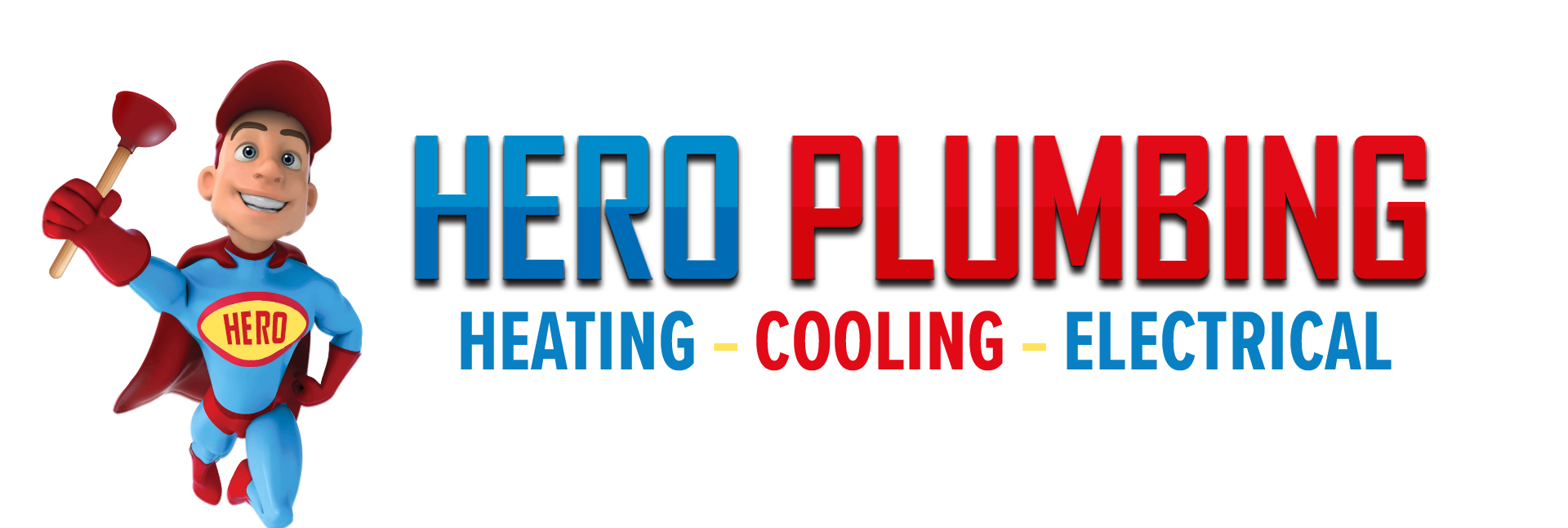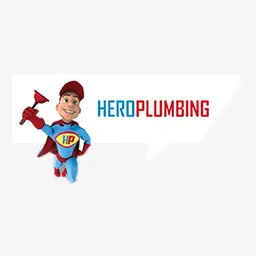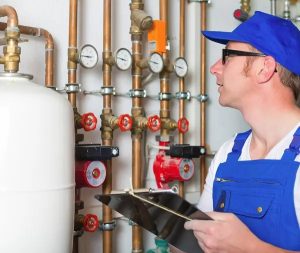Table Of Contents
S-Trap Replacement
Almost all toilets, with the exception of composting toilets and toilets that flush upwards, have an internal S- or P-trap. If the toilet is mounted on the floor, it has an S-trap, and if it is mounted on the wall, it has a P-trap. Both types of traps are used to collect wastewater.
Due to the fact that the plumbing code prohibits the use of a double trap, installing a second trap on the waste line of a typical toilet is not permitted and is also unnecessary. This is because the toilet already has a trap. Read on to learn more about S-trap toilets and installing an S-trap toilet pan by yourself!
Gravity Flush Toilet Waste System
The toilet’s trap is built into the bowl. This means that the trap’s contours can be seen by looking at the toilet from the side. The trap rises from its lowest point, immediately beyond the waste entrance, to a height about half as high as the bowl. If the toilet is mounted on the floor, the trap has a shape that is similar to the letter “S,” and it bends down towards the floor.
On the other hand, the trap for a wall-mounted toilet continues horizontally towards the rear of the toilet, forming an inverted letter “P.” After the waste has passed through the opening at the top of the trap, it will go straight into the waste line. If the toilet is installed on the floor, a fitting called a closet bend is often put just beneath the floor.
This fitting makes a 90-degree angle and is mounted just under the floor. Its purpose is to route waste to a vertical stack that lowers into the sewer. The garbage that is produced by a wall-mount device is sent straight to the waste stack.
A Guide To Installation Of An S-Trap Toilet Pan
S-trap toilet pans have been around for a very long time and are often used in situations in which the waste exit is situated on the floor immediately behind the pan. The letter ‘S’ refers to the form of the porcelain waste outlet that starts at the floor and ends at the mouth of the toilet bowl.
This outlet comes up from the floor. In many cases, designers of restrooms choose to work their way upward from the waste hole in the floor and conceal it either behind a duct set or a little fake wall. This allows you to use connected waste pipes to bring the aperture up and out of the wall so that you may use both back-to-wall and wall-mounted toilets.
However, many people prefer to keep the classic look of S-trap toilets, and in some instances, may be aiming to keep with the original theme of the facilities, such as in old buildings and in large format existing school toilets. One major reason for this preference is that S-trap toilets are more accessible to clean than other types of toilets. Here’s how to install an S-trap toilet pan in your bathroom.
Removal of the old toilet
It is necessary to remove the outdated toilet once you have turned off the mains water supply and disconnected it. While doing so, you must pay close attention to the area where the toilet pan meets the waste outlet on the floor. You should aim to ensure that the trash exit is only slightly disrupted due to your work. The debris may be held in place by cement mortar in certain instances; if this is the case, you’ll need to remove it very gently.
Finding the S-trap below the toilet pan
When you have finished cleaning and securing the waste outlet and installing a pan connection, you will need to position your toilet pan. Adjust the alignment of the toilet pan so that the vertical waste outlet may be connected to the floor through the pan connector.
It should provide a seal that is impervious to water. After you have set up your toilet and ensured that it is levelled, you will need to use the secure fixings that were given to either screw or tighten the bolt of your toilet pan to the floor.
Attaching the mains water and cistern
After the pan has been fixed in position, the next step is to connect the cistern to the pan while paying close attention to creating a watertight seal. This is often done by inserting a rubber bung or seal into the connection. You can find this connection between the cistern and the pan.
After this has been ensured, you may turn the water supply from the mains back on. Once the water supply is back on, the toilet can be checked for any potential leaks or water that has escaped.
Need for a vent
Although building a trap in a toilet waste line is not necessary, it is required to put a vent in the line. This is a pipe that extends upwards to reach the primary vent stack of the house, which is installed on the roof. The vent is an essential component in the successful functioning of the toilet.
Without it, waste won’t be able to readily flow through the pipes, and the suction it causes might empty the water from the toilet trap, exposing the bathroom to sewage gases. So, if you don’t have a vent, you should get it. The architecture of the waste system determines the placement of the vent. This means that in some cases, it is built into the trash stack, rising upward at the point where waste descends into the sewer.
In other cases, the vent is located elsewhere. The plumbing code stipulates the maximum distance that this vent may be from the toilet trap. While this maximum distance can also vary depending on the pipe layout and diameter, it usually is anywhere between 6 (1.8m) and 10 feet (3m).
Sometimes it makes sense to utilise the vent pipe from the sink to vent the toilet, depending on how the plumbing in the bathroom is set up. Other times, it doesn’t. This process is known as wet venting, and it is something that should be done by a licenced plumber who is knowledgeable of all of the regulations that apply in your region.
The Wet Venting Toilet Plumbing Method
If you want to vent a toilet line down a sink drain, you may do so under the International Plumbing Code (IPC) and Uniform Plumbing Code (UPC). Unlike a dry exhaust, a wet exhaust needs a pipe diameter of at least 2 inches (5cm) since it transports water and air.
To vent a toilet line via a sink drain, a popular method is to link the sink drain to the toilet waste line with a decreasing sanitary tye with its sweep oriented in the direction of flow. Perpendicular to the drain pipe, the tee outlet must point upward.
In environments, such as basements, where gravity does not function well because the sewage lines are located above the toilet, an upflush toilet is used. The waste from the toilet is collected in a tank located behind the toilet. Here is where it is then crushed up and ejected by a pump via a water pipe that is either one or three-quarters of an inch (2.5 or 1.9cm) in diameter.
Although pumps often come with their own internal traps, local plumbing rules may require you to install a P-trap (rather than an S-trap) on the outflow pipe in addition to the trap that is already there. You should send this question to the plumbing authorities in your area.
The Three Common Ways To Vent A Toilet
Connecting directly to the vent stack
It is sometimes beneficial to extend a vertical vent upward from the point at which the pipe leading from the toilet drain drops vertically to the sewer. You do this by gluing the vent pipe to the upward-facing port on the sanitary tee, which is used to establish the waste connection.
The sweep of the sanitary tee should be oriented towards the sewer. It is also appropriate to direct the waste pipe to an existing ground stack and tie it into the stack using a wye fitting with the wye pointing down. This method is typically referred to as the “direct and tie” method.
Both of these kinds of tees are often used in drain fittings. In contrast, the inlet port of a wye fitting, which is formed like the letter “Y,” is long and straight. A hygienic tee, on the other hand, has a slight curve on the intake port. You can decrease the vent size to 2 inches (5cm) by gluing in a decreasing bushing, but if you reside in a UPC jurisdiction, keeping the diameter the same is more beneficial.
This is because the UPC (Uniform Plumbing Code) mandates that at least one of the vents in the home must have the same diameter as the sewage line. This would then become the primary vent stack in the plumbing system, to which all of the other vents would connect.
Bring it all together using a wye and a street elbow
A standard method for venting is installing a wye into the horizontal drain line with its sweep directed towards the sewer and gluing a 45-degree street elbow into the wye outlet to path the vent vertically upward, typically into the wall behind the toilet or another wall in the area.
This method is also known as the “wye and sweep” method. When transitioning from a drain line with a diameter of 3 or 4 inches (7-10cm) to one with a diameter of 2 inches (5cm), use a decreasing wye. Point the sweep of the wye fitting in the direction of the sewer.
Install the toilet vent adapter
You may place the vent in the vertical pipe before the fitting if the toilet waste pipe descends vertically to a long-sweep elbow. This allows you to avoid having to cut the pipe. To do this, you would utilise a reducing wye with its sweep facing downward, and then you would use elbows to adjust the direction of the vent pipe as required.
Hiring A Plumber To Install A Toilet
Installing a toilet or, specifically, an S-trap toilet pan is not the most complicated of tasks. However, trying to do this yourself without the required skills might be fruitless. If you want to be guaranteed that your venting system is installed correctly, you should hire a plumber.
Plumbing vent regulations may be complicated, particularly when you consider the fact that certain jurisdictions have their own standards in addition to the criteria established by the IPC and the UPC. In this way, you won’t have to worry about failing any inspections that could be necessary.
Even though toilet installations aren’t that time-consuming, there are typically complex plumbing tasks to handle, so it’s best to plan on one or two days of labour and anywhere from $500 to $1,000 in fees. Licensed plumbers charge at least $65 per hour on average.
If you are at the rough-in stage of a remodel or new housing and the walls are exposed, you or a professional may complete the work in a shorter amount of time. In any case, the assurance that comes with a professional installation is often worth more than the additional cost.











